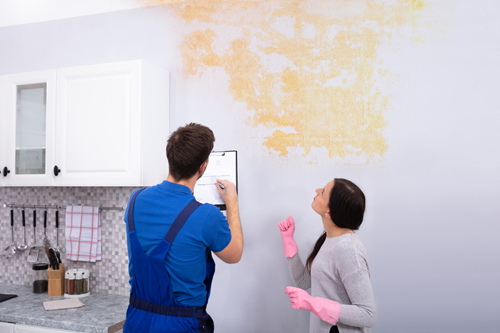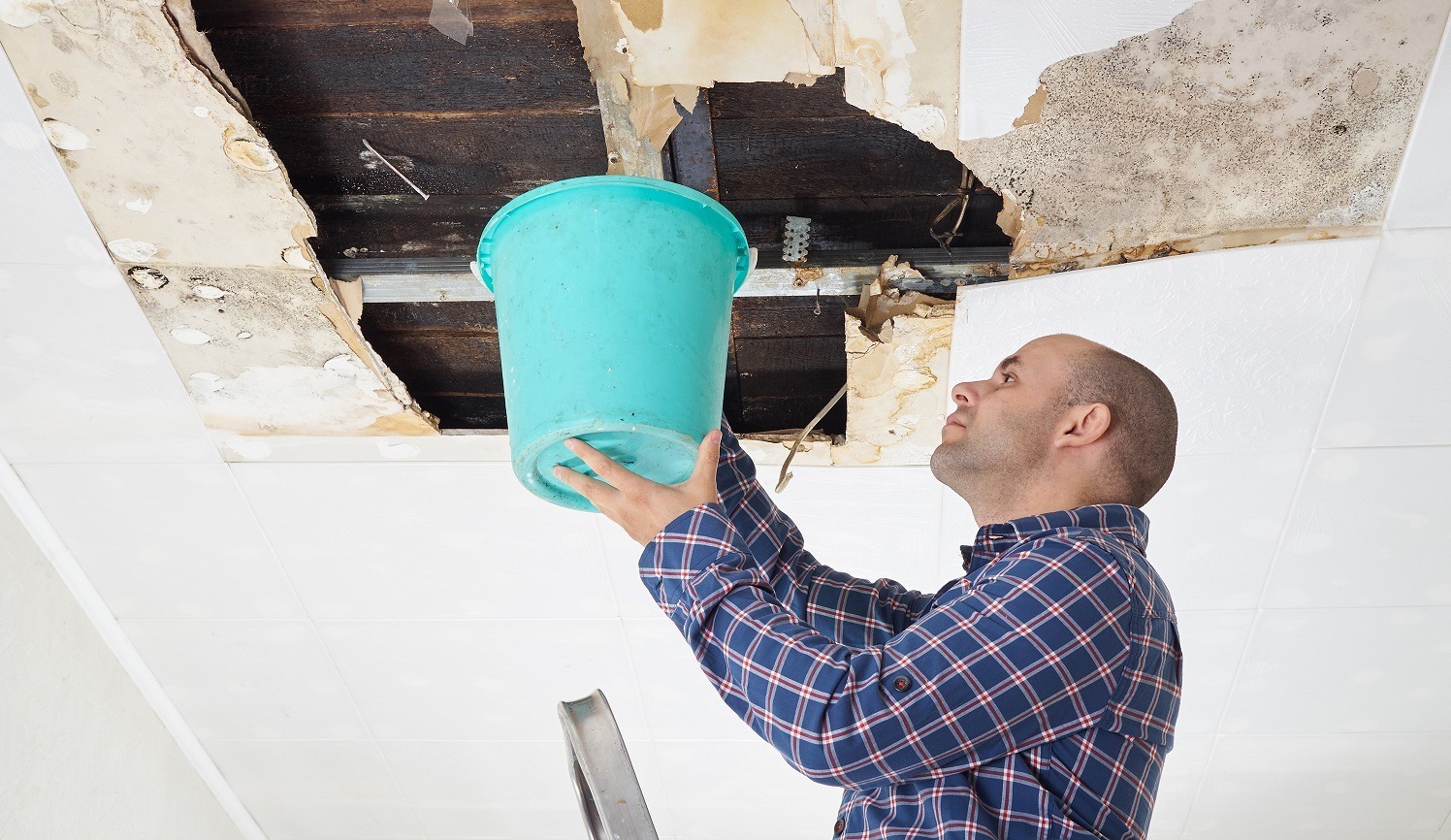Do's and also Don'ts During Water Damages Emergency Situations.
Do's and also Don'ts During Water Damages Emergency Situations.
Blog Article
Everyone has got his or her own notions in relation to Ways to Reduce The Risk Of Fire And Water Damage.

Though water offers life, water breach on components where it's not supposed to be can lead to damages. It can peel off away surface areas and also wear down the foundation if the water soaks into your structure. Mold and also mold likewise flourish in a damp setting, which can be unsafe for your health and wellness. Houses with water damage smell musty and old.
Water can originate from lots of sources such as hurricanes, floods, ruptured pipelines, leakages, as well as sewer problems. In case you experience water damages, it would certainly be great to understand some security preventative measures. Here are a couple of guidelines on just how to deal with water damage.
Do Prioritize House Insurance Coverage Coverage
Water damage from flooding dues to heavy winds is seasonal. You can likewise experience an abrupt flooding when a malfunctioning pipeline unexpectedly ruptures into your home. It would certainly be best to have residence insurance coverage that covers both acts of God such as all-natural calamities, and also emergencies like broken plumbing.
Do Not Fail To Remember to Turn Off Utilities
This reduces off power to your entire residence, protecting against electric shocks when water comes in as it is a conductor. Do not fail to remember to turn off the primary water line valve.
Do Keep Proactive as well as Heed Climate Notifies
Tornado floods can be really unpredictable. If there is a background of flooding in your neighborhood, stay positive and also prepared. Pay attention to discharge warnings if you live near a lake, creek, or river . Get belongings from the ground floor and basement, then placed them on the greatest feasible level. Doing so decreases potential residential property damage.
Don't Disregard the Roof
Before the climate turns shocking, make certain you have a roofing assessment. It would certainly be prudent to get this solution yearly as it can alleviate intricate issues. You can stay clear of rain damage if there are no openings and also leaks in your roofing. Your roofer will certainly also care for faulty gutters or any other signs of weakening. This will protect against water from moving down your wall surfaces and soaking your ceiling.
Do Take Note Of Tiny Leakages
A burst pipeline does not happen overnight. You might notice bubbling paint, peeling off wallpaper, water touches, water discolorations, or dripping sounds behind the walls. Have your plumbing repaired prior to it results in substantial damages.
Do Not Panic in Case of a Burst Pipe
Keeping your presence of mind is important in a time of dilemma. Stressing will just compound the problem because it will suppress you from acting quickly. When it involves water damages, timing is crucial. The longer you wait, the more damages you can expect. Hence, if a pipe bursts in your home, quickly turned off your main water shutoff to cut off the resource. Unplug all electric outlets in the area or transform off the circuit breaker for that part of the home. Ultimately, call a credible water damages remediation professional for assistance.
Water gives life, water breach on components where it's not expected to be can result in damages. Houses with water damage odor mildewy and also old.
Water damages from flooding fees to hefty winds is seasonal. You may see bubbling paint, peeling off wallpaper, water streaks, water spots, or trickling noises behind the wall surfaces. When it comes to water damage, timing is essential.
Some Do's & Don't When Dealing with a Water Damage
DO:
Make sure the water source has been eliminated. Contact a plumber if needed. Turn off circuit breakers supplying electricity to wet areas and unplug any electronics that are on wet carpet or surfaces Remove small furniture items Remove as much excess water as possible by mopping or blotting; Use WHITE towels to blot wet carpeting Wipe water from wooden furniture after removing anything on it Remove and prop up wet upholstery cushions for even drying (check for any bleeding) Pin up curtains or furniture skirts if needed Place aluminum foil, saucers or wood blocks between furniture legs and wet carpet Turn on air conditioning for maximum drying in winter and open windows in the summer Open any drawers and cabinets affected for complete drying but do not force them open Remove any valuable art objects or paintings to a safe, dry place Open any suitcases or luggage that may have been affected to dry, preferably in sunlight Hang any fur or leather goods to dry at room temperature Punch small holes in sagging ceilings to relieve trapped water (don't forget to place pans beneath!); however, if the ceiling is sagging extremely low, stay out of the room and we'll take care of it DO NOT:
Leave wet fabrics in place; dry them as soon as possible Leave books, magazines or any other colored items on wet carpets or floor Use your household vacuum to remove water Use TV's or other electronics/appliances while standing on wet carpets or floors; especially not on wet concrete floors Turn on ceiling fixtures if the ceiling is wet Turn your heat up, unless instructed otherwise

I was made aware of that editorial on 5 Home Safety Tips To Reduce The Risk Of Fire And Water Damage from a good friend on a different web address. You should take the opportunity to share this entry if you liked it. Many thanks for your time invested reading it.
Report this page